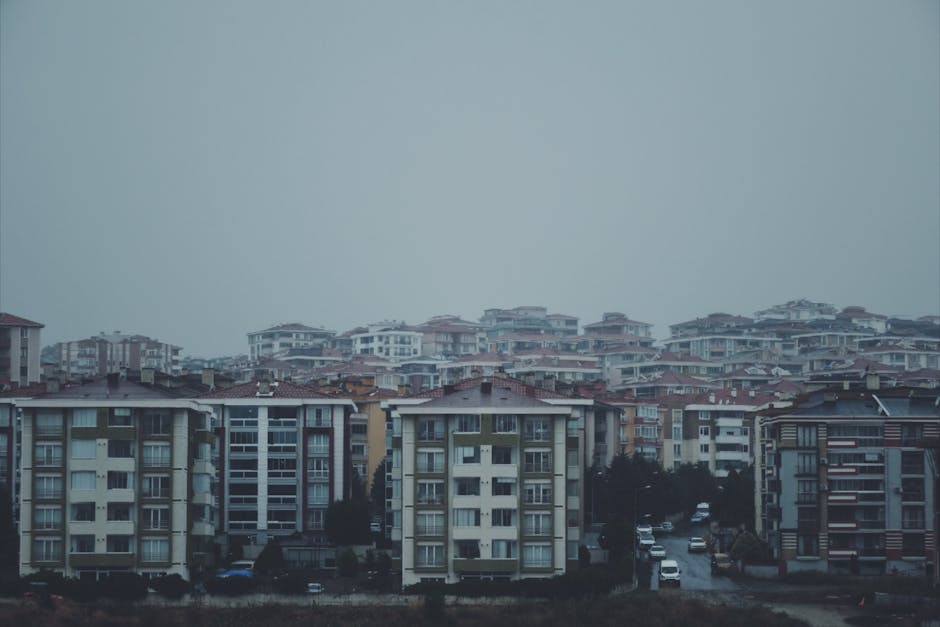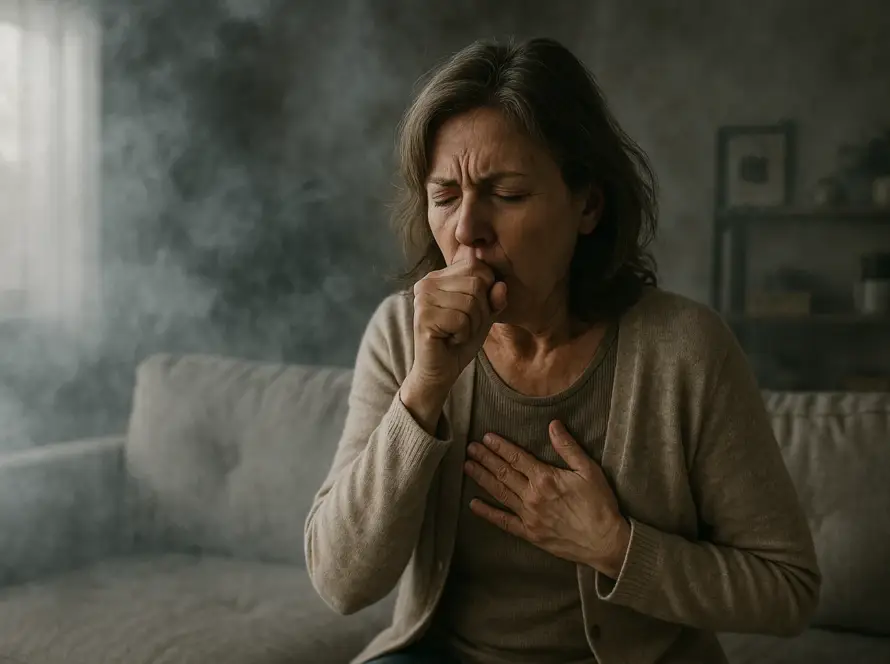Water damage can strike unexpectedly, leaving homeowners in a state of distress. Whether it’s due to a burst pipe, natural disaster, or even a faulty appliance, the aftermath can be overwhelming. Water damage restoration is a critical process that involves addressing and repairing the damage caused by water intrusion to prevent further deterioration and mold growth. At Brothers Restoration, we understand the urgency and stress that water damage can cause, which is why we treat all of our customers like family.
Dealing with water damage promptly is essential to minimize the impact on your home and health. The restoration process typically involves several steps, including the initial assessment, water extraction, drying and dehumidification, cleaning and sanitizing, and finally, restoration and repair. Each of these steps is vital in ensuring that your home is returned to its pre-damage condition.
Our team of experts at Brothers Restoration is equipped with the latest tools and technology to handle any water damage situation efficiently. We are committed to providing quick and effective solutions to help you get back to normal as soon as possible. If you’re currently facing water damage, don’t wait to take action. Call 208 Flooded or visit our website at www.brothersresto.com to get immediate assistance.
Identifying Water Damage Signs
Identifying the signs of water damage early can save you from extensive repairs and high costs in the future. Water damage can manifest in various forms, some of which might not be immediately obvious. Here are some common signs to watch out for:
- Stains and Discoloration: Look for yellow, brown, or copper-colored stains on walls, ceilings, and floors. These discolorations often indicate a water leak.
- Warped or Sagging Areas: Water can cause wood and other materials to warp or sag. Check for any irregularities in your flooring, walls, or ceilings.
- Peeling or Bubbling Paint: Moisture trapped behind paint or wallpaper can cause it to bubble or peel away from the surface.
- Musty Odors: Persistent, musty smells can be a sign of mold growth, which often follows water damage.
- Mold Growth: Visible mold, especially in damp areas like bathrooms, basements, or under sinks, is a clear indicator of water damage.
- Increased Utility Bills: An unexplained spike in your water bill can indicate a hidden leak.
It’s crucial to address these signs promptly to prevent further damage and potential health risks. If you notice any of these symptoms in your home, it’s essential to investigate further and take the necessary steps to mitigate the issue.
Immediate Steps to Take

When you discover water damage in your home, taking immediate action is crucial to minimize the extent of the damage and prevent further complications. Here are the steps you should take as soon as you identify water damage:
- Ensure Safety: Your safety is the top priority. If the water damage is extensive, turn off the electricity and gas supply to prevent electrical hazards and gas leaks. Avoid standing water if you are unsure about electrical safety.
- Stop the Source of Water: Identify and stop the source of the water intrusion. This might involve turning off the main water supply or fixing a broken pipe. If the source is not immediately apparent, contact a professional to help locate and mitigate it.
- Remove Excess Water: Use mops, towels, or a wet/dry vacuum to remove as much standing water as possible. The quicker you can remove excess water, the less damage it will cause.
- Protect Your Belongings: Move valuable items, furniture, and electronics to a dry area. If possible, elevate furniture off the floor to prevent further damage.
- Ventilate and Dry the Area: Open windows and use fans or dehumidifiers to help with the drying process. Proper ventilation is critical to prevent mold growth. If the humidity is high, consider using a dehumidifier.
- Document the Damage: Take photos and videos of the affected areas and damaged items. This documentation will be essential for insurance claims and for the restoration process.
By following these immediate steps, you can significantly reduce the impact of water damage on your home. Early intervention is key to preventing long-term issues and ensuring a smoother restoration process.
Effective Water Extraction Techniques

Once you have taken immediate steps to control the water damage, the next crucial phase is to extract the water efficiently. Effective water extraction techniques are vital to prevent further damage and to prepare your home for the drying and restoration process. Here are some recommended techniques:
- Wet/Dry Vacuum: A wet/dry vacuum is a versatile tool that can handle both liquid and solid debris. It’s particularly effective for small to medium-sized water spills. Ensure you empty the vacuum frequently to maintain its efficiency.
- Submersible Pumps: For significant amounts of standing water, submersible pumps are an excellent option. These pumps are designed to handle large volumes of water and can expedite the extraction process. They are particularly useful in basements and other lower levels of your home.
- Sump Pumps: Sump pumps are typically installed in basements to prevent flooding. If your basement is prone to water intrusion, having a sump pump on standby can save you a lot of trouble. These pumps automatically activate when water levels rise, efficiently removing water from the area.
- High-Volume Extractors: Professional restoration companies often use high-volume extractors capable of removing large quantities of water quickly. These machines are designed for extensive water damage scenarios and can significantly reduce the time required for water extraction.
- Absorbent Materials: Using absorbent pads, towels, and mops can help remove residual water that machines may miss. These materials are particularly useful for hard-to-reach areas and corners.
Implementing these effective water extraction techniques not only speeds up the restoration process but also minimizes the risk of mold growth and structural damage. Proper water extraction is a critical step in ensuring your home is restored to its original condition efficiently and safely.
Drying and Dehumidification Processes

After successfully extracting the water, the next critical step in the water damage restoration process is drying and dehumidification. This phase is essential to eliminate any remaining moisture that can lead to mold growth, structural damage, and unpleasant odors. Here are some effective methods to ensure thorough drying and dehumidification:
- Air Movers: These powerful fans are designed to increase air circulation, thereby accelerating the drying process. By strategically placing air movers around the affected areas, you can ensure that moisture is quickly evaporated from surfaces such as walls, floors, and furniture.
- Dehumidifiers: Dehumidifiers are crucial for removing moisture from the air. High-capacity dehumidifiers are often used in water damage scenarios to maintain low humidity levels, thereby preventing mold and mildew growth. These machines work by drawing in moist air and expelling dry air, effectively reducing overall humidity.
- Desiccants: Desiccant dehumidifiers use materials such as silica gel to absorb moisture from the air. These are particularly effective in colder environments where traditional dehumidifiers may not be as efficient. Desiccants can be a valuable addition to your drying arsenal, complementing other methods.
- Heat Drying Systems: Heat can significantly speed up the drying process. Portable heaters or heat-drying systems can be used to increase the temperature in the affected area, promoting faster evaporation of moisture. However, it is crucial to monitor the temperature to avoid causing additional damage to materials sensitive to heat.
- Moisture Meters: To ensure that drying is complete, moisture meters can be used to measure the moisture content in various materials. This step is essential for verifying that the affected areas are thoroughly dry and safe from potential mold growth.
Employing these drying and dehumidification processes is vital for the success of the water damage restoration. Properly dried and dehumidified spaces ensure a healthier living environment and prevent long-term issues that could compromise the structural integrity of your home.
Preventing Future Water Damage

After restoring your home from water damage, it is crucial to implement measures to prevent future incidents. Proactive steps can safeguard your property and provide peace of mind. Here are some effective strategies to prevent future water damage:
- Regular Maintenance: Conduct routine inspections of your home’s plumbing system, including pipes, faucets, and water heaters. Look for signs of leaks or corrosion and address them promptly to avoid major water damage.
- Gutter and Downspout Cleaning: Ensure that your gutters and downspouts are clear of debris. Clogged gutters can cause water to overflow and seep into your home’s foundation, leading to water damage. Regular cleaning ensures proper water drainage.
- Sump Pump Installation: Installing a sump pump in your basement can prevent flooding during heavy rainfall. Regularly test the pump to ensure it is in good working condition and consider having a backup pump in case of power outages.
- Waterproofing Basements: Applying waterproof sealants to basement walls and floors can be an effective way to prevent water intrusion. Additionally, consider installing a drainage system to direct water away from your home’s foundation.
- Landscape Grading: Ensure that the land around your home slopes away from the foundation. Proper grading helps direct rainwater away from your home, reducing the risk of water seeping into the structure.
- Install Water Alarms: Water alarms can detect leaks early and alert you before they become significant problems. Place these alarms near water heaters, washing machines, and other potential sources of leaks.
By implementing these preventative measures, you can significantly reduce the risk of future water damage and protect your home from costly repairs. At Brothers Restoration, we not only help you recover from water damage but also guide you in preventing future incidents.
Call 208 Flooded or visit our website at www.brothersresto.com to learn more about our comprehensive water damage restoration services and preventative solutions.



